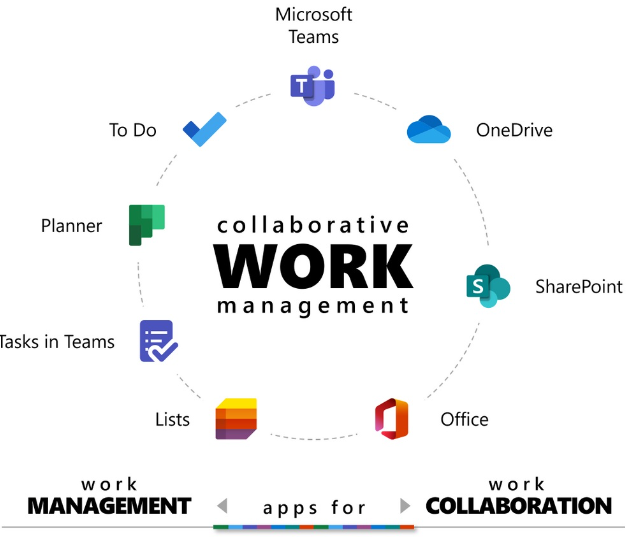Reducing costs for welding can be achieved through various strategies aimed at improving efficiency, optimizing processes, and minimizing waste. Here are several ways to reduce welding costs:
Process Selection: Choose the most cost-effective welding process for your application. Consider factors such as material type, thickness, and joint design. For example, gas metal arc welding (GMAW) or flux-cored arc welding (FCAW) may be more economical for high-volume production compared to shielded metal arc welding (SMAW).
Material Optimization: Opt for the most suitable and cost-effective materials for your project. Using standardized materials or pre-cut shapes can reduce material waste and fabrication time. Additionally, consider alternative materials or filler metals that meet performance requirements at a lower cost.
Equipment Efficiency: Invest in modern, efficient welding equipment that offers higher productivity and lower operating costs. Look for equipment with energy-saving features, such as inverter technology, and consider multi-process welders that can handle various welding applications with a single machine.
Training and Skill Development: Ensure that welders are properly trained and skilled in efficient welding techniques. Proper training can reduce rework, improve weld quality, and minimize material waste. Implement continuous training programs to keep welders updated on the latest techniques and technologies.
Optimized Welding Parameters: Fine-tune welding parameters such as voltage, current, and travel speed to achieve optimal weld quality and productivity. Experiment with different settings to find the most efficient parameters for each application, considering factors such as deposition rate, penetration, and distortion control.
Joint Design and Fixturing: Design joints that minimize the number of passes and welding time while maintaining structural integrity. Utilize proper fixturing and jigs to hold workpieces in the correct position, reducing the need for manual adjustments and improving consistency.
Welding Automation and Robotics: Implement welding automation and robotic systems for high-volume or repetitive welding tasks. Automation can increase productivity, reduce labor costs, and improve weld quality by eliminating human error.
Quality Assurance and Inspection: Implement rigorous quality assurance and inspection procedures to detect defects early in the welding process. By identifying and correcting issues promptly, you can minimize rework, scrap, and associated costs.
Supply Chain Management: Streamline your supply chain and negotiate favorable terms with suppliers for welding consumables, gases, and equipment. Bulk purchasing, vendor consolidation, and strategic partnerships can help reduce material costs and improve overall efficiency.
Continuous Improvement: Foster a culture of continuous improvement within your welding operation. Encourage feedback from welders and stakeholders, track key performance indicators, and implement process improvements based on data and feedback.
By implementing these strategies and continuously seeking opportunities for improvement, you can effectively reduce welding costs while maintaining or improving weld quality and productivity.

